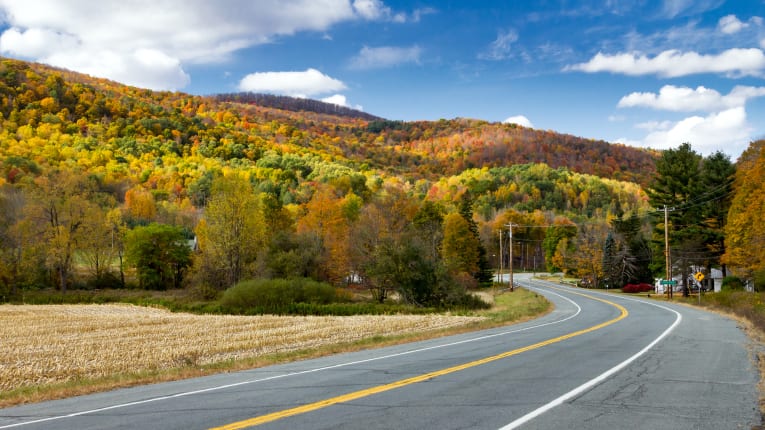CARS.COM — Has the time-honored tradition of "taking a drive out to the country" taken a backseat to "taking a drive into town"? It certainly appears so. According to a new study by researchers at the University of Michigan's Transportation Research Institute, urban driving has spiked since the year 2000, while rural driving has dipped.
Related: City Drivers Versus Country Drivers: Who's More Dangerous?
UMTRI researchers Michael Sivak and Brandon Schoettle this week released a report analyzing changes in driving habits in urban and rural areas during the past 17 years. Using U.S. Department of Transportation data showing traffic volume on interstate highways, arterial streets and other types of roadways, researchers calculated that distances covered by city drivers had increased by a whopping 33 percent, while rural driving fell by 12 percent.
The reason for the shift is not that easy to explain.
"While the increase in the overall distance driven can be fully accounted for by the increase in the U.S. population during the period examined," the report stated, "the divergent patterns of urban and rural driving are not fully accounted for by the corresponding changes in the amounts of urban and rural populations."
The overall 15 percent increase in driving from 2000 to 2016 corresponded almost directly to the 15 percent increase in U.S. population during those years, according to U.S. Census Bureau figures. In that same timeframe, America's urban-based population grew by 19 percent to account for nearly 82 percent of the total in 2016 compared with 79 percent in 2000. The rural population, meanwhile, went virtually unchanged, according to the study.
Researchers say growth in the city-dwelling population accounts for only around half the increase in urban driving — while rural mileage tumbled even amid stagnant population. Moreover, urban miles traveled — more weighted toward younger commuters — increased on all three types of roadways studied, by an average percentage of 37 percent. Conversely, country motorists (older and more discretionary in their driving habits) put fewer miles on the odometer on all types of roads, decreasing by an average of 12 percent.
The study draws no conclusions as to why the shift from rural to urban driving is occurring, but one thing is clear: Traffic in the nation's urban centers is bad and getting worse. The average American in 2016 spent a reported 42 hours stuck in gridlock, third worst worldwide, while Los Angeles motorists wasted a miserable 104 hours of their lives in bumper-to-bumper backups — earning the City of Angels the dubious distinction of having the worst commute on earth. With the economy having rebounded from the Great Recession and people back to work, Americans are breaking mileage records — as highway deaths and serious injuries rise concurrently.



Leave a Reply